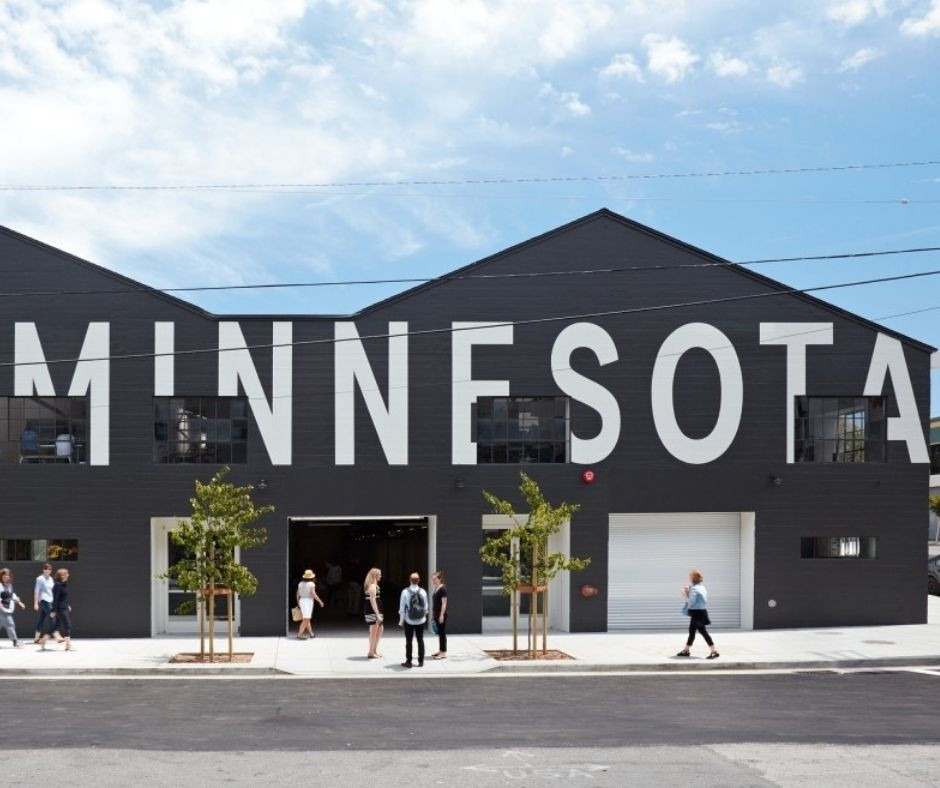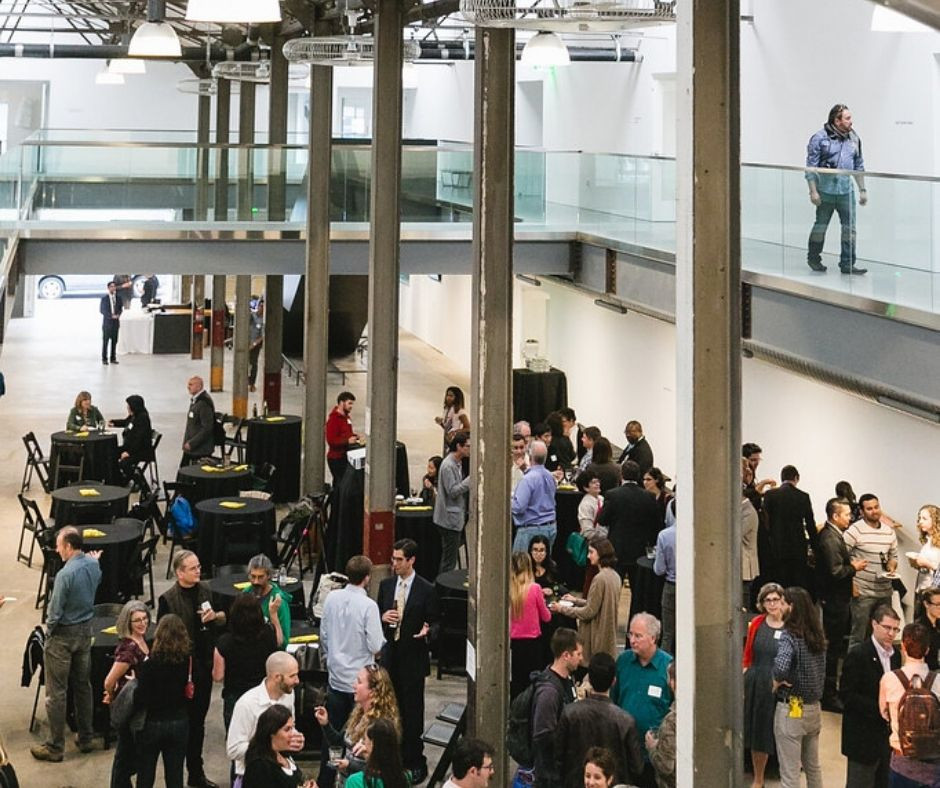San Francisco, a city renowned for its vibrant arts and culture, faced a growing crisis: escalating property costs were threatening to displace artists and art organizations. The booming real estate market made it increasingly difficult for creative professionals to afford studio and gallery spaces within the city, jeopardizing San Francisco’s artistic ecosystem.
 Exterior view of Minnesota Street Project, San Francisco, highlighting urban setting and architectural design, showcasing an innovative approach to affordable art spaces in a high-cost city.
Exterior view of Minnesota Street Project, San Francisco, highlighting urban setting and architectural design, showcasing an innovative approach to affordable art spaces in a high-cost city.
The challenge was stark: how to maintain a thriving arts scene in a city where property values soared? Established galleries and individual artists were being priced out of their spaces, forcing them to relocate outside of San Francisco or even close down entirely. A sustainable model was needed – one that could provide affordable, long-term spaces for a diverse range of artistic disciplines and career levels. Skepticism surrounded the location choice, Dogpatch, an area not traditionally associated with San Francisco’s main art hubs. The question was whether this less established neighborhood could attract visitors and become a viable arts destination.
The Minnesota Street Project emerged as a pioneering solution. This privately funded initiative transformed a 100,000-square-foot space in the Dogpatch district into affordable art studios and galleries. By offering below-market, long-term leases to ten independent art galleries, artists, and art organizations, the Minnesota Street Project prioritized community support and financial sustainability over maximizing profit. This innovative approach aimed to directly combat the issue of unaffordable rents that were pushing creatives out of San Francisco.
 Minnesota Street Project signage in Dogpatch, San Francisco, emphasizing the project's location and its role in revitalizing the local arts community through affordable spaces.
Minnesota Street Project signage in Dogpatch, San Francisco, emphasizing the project's location and its role in revitalizing the local arts community through affordable spaces.
The impact of the Minnesota Street Project has been significant. Since opening its doors in March 2016, it has attracted over 30,000 visitors annually and is on track to achieve full economic sustainability. By demonstrating a model that combines shared services with reduced rents, the project effectively addresses the challenge of rising property costs and the potential displacement of San Francisco’s vital arts community. The Minnesota Street Project stands as a testament to how private funding and innovative thinking can create lasting solutions for preserving cultural spaces in expensive urban environments.
Source: World Cities Culture Report 2022
Related topics: Civil Society, Cultural Rights, Economy, Funding, Urban Development, San Francisco, United States of America, North America

